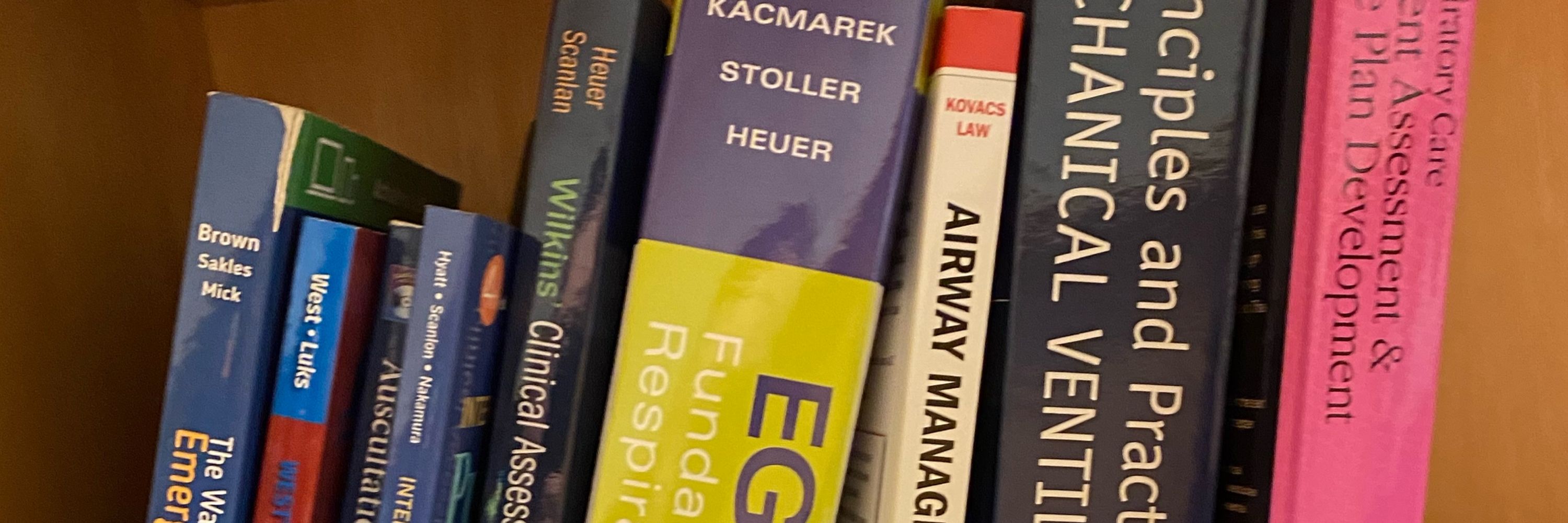
1. No, I don’t particularly care what the pCO2 is. I care about the amount of mechanical power I’m introducing into the system. I think that a mild resp acidosis is preferable to a mild resp alkalosis, because the acidosis comes with less mechanical power.
1. No, I don’t particularly care what the pCO2 is. I care about the amount of mechanical power I’m introducing into the system. I think that a mild resp acidosis is preferable to a mild resp alkalosis, because the acidosis comes with less mechanical power.
On the other side of the ledger, the risk of the acidosis increases
On the other side of the ledger, the risk of the acidosis increases
My understanding is even though CO2 is the main driver of CSF pH, they also have separate effects on cerebral circulation: a compensated, severe resp alkalosis still causes cerebral vasoconstriction which presumably carries some risk of CVA.
My understanding is even though CO2 is the main driver of CSF pH, they also have separate effects on cerebral circulation: a compensated, severe resp alkalosis still causes cerebral vasoconstriction which presumably carries some risk of CVA.
In the context of AECOPD, I think individualizing EPAP can stabilize lung units that can otherwise participate in gas…
In the context of AECOPD, I think individualizing EPAP can stabilize lung units that can otherwise participate in gas…

